Understanding the Role of Air Units in Strategy
Air units have evolved to become a cornerstone of contemporary military strategy, offering unmatched capabilities in areas such as reconnaissance, transportation, and combat operations. To harness these units effectively, it is essential to comprehend both their strengths and limitations.
Reconnaissance Operations
Reconnaissance is a fundamental mission for air units. Equipped with sophisticated sensors, aircraft and drones are instrumental in gathering intelligence. This intelligence aids military commanders in assessing enemy positions, movements, and potential threats. Aerial reconnaissance provides a broad and unobstructed view of the battlefield, reducing the risk to ground forces. It enables military leaders to make informed strategic decisions, thereby minimizing uncertainties during operations. Modern air units are outfitted with advanced technologies, such as high-resolution imaging systems, infrared sensors, and electronic surveillance tools, which further enhance their reconnaissance capabilities.
Air Superiority
Achieving air superiority is a paramount objective in military campaigns. Air superiority denotes control of the skies, granting freedom for air operations while denying adversaries the same liberty. To secure this advantage, military forces deploy fighter aircraft designed specifically to counter and neutralize enemy aircraft. Air superiority provides strategic leverage, as it allows for the unimpeded movement of friendly forces and hampers enemy operations. This control over the airspace plays a pivotal role in modern warfare, often dictating the success of military campaigns.
Close Air Support
Close air support (CAS) involves the use of air units to directly aid ground forces engaged in combat. These aircraft conduct precision strikes on enemy positions, assist in repelling enemy attacks, and facilitate troop movements by providing cover and firepower. CAS demands close coordination with ground units to ensure effectiveness and minimize the risk of friendly fire. The integration of air support in ground operations significantly enhances tactical flexibility, allowing ground forces to maneuver and achieve objectives more efficiently.
Strategic Bombing
The employment of air units for strategic bombing is aimed at undermining an adversary’s critical infrastructure, supply chains, and logistical capabilities. By targeting these vital resources and facilities, air forces can effectively impair enemy operations and weaken their military strength. Strategic bombing serves as a force multiplier, reducing the opponent’s capacity to sustain prolonged conflicts. This form of aerial warfare requires meticulous planning and execution to maximize impact while minimizing collateral damage.
Transport and Logistics
Air units are indispensable in the realm of transport and logistics. They enable the swift deployment of personnel, equipment, and supplies to difficult or remote locations, where ground or naval transport might be impractical or slow. The agility and speed of air transport provide military forces with a distinct mobility advantage, allowing rapid reaction to emerging threats or opportunities. This capability is crucial in expeditionary warfare, where the ability to project power over long distances is essential.
Technological Advancements
The continuous evolution of technology has profoundly transformed the operational capabilities of air units. Advances in stealth technology have made aircraft less detectable by enemy radars, enhancing their survivability in hostile environments. Modern avionics improve navigation, communication, and targeting precision, making air operations more efficient. Furthermore, the integration of unmanned aerial systems (UAS) has revolutionized the landscape of air warfare. These unmanned systems can perform a variety of roles, including reconnaissance, strike missions, and electronic warfare, often at a lower risk to human operators.
Coordination and Integration
The successful deployment of air units hinges on the coordination and integration with other military branches, including ground and naval forces. Joint operations ensure that all military assets are utilized effectively, maximizing overall combat potency. Communication protocols and comprehensive training exercises are essential to facilitate seamless cooperation between different forces. This integrated approach allows for a more cohesive and adaptive response to dynamic battlefield conditions, enhancing the military’s operational flexibility.
Conclusion
In summary, air units provide diverse strategic capabilities that are integral to contemporary military operations. By leveraging their roles in reconnaissance, achieving air superiority, providing close air support, executing strategic bombing, and ensuring effective logistics, military forces can gain a comprehensive operational edge. For enhanced insights and detailed case studies, consider exploring dedicated military strategy resources. As air units continue to play a crucial part in military strategies, understanding their functions and technological advancements remains essential for achieving success in modern warfare.


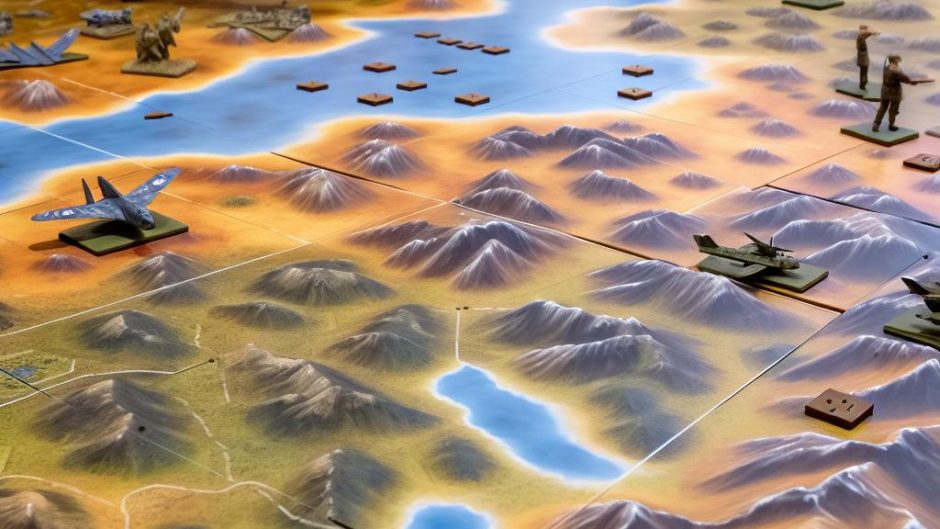
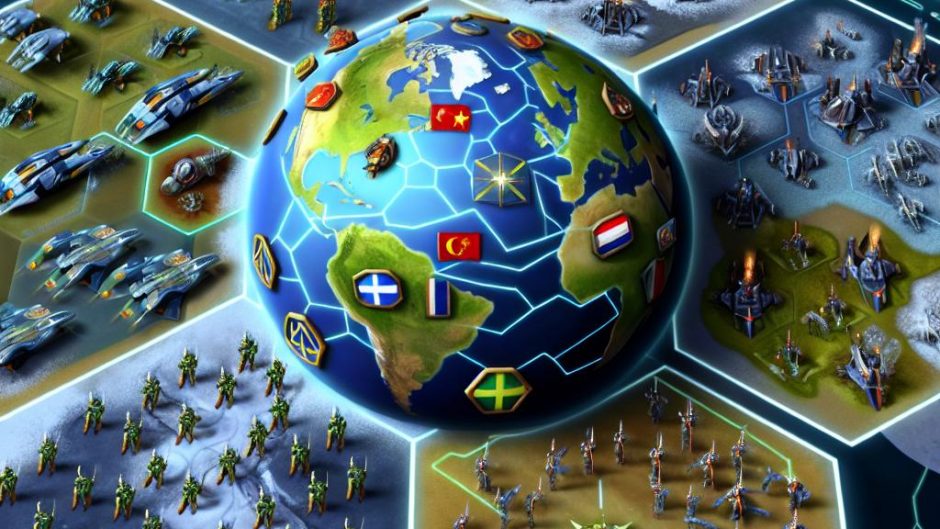
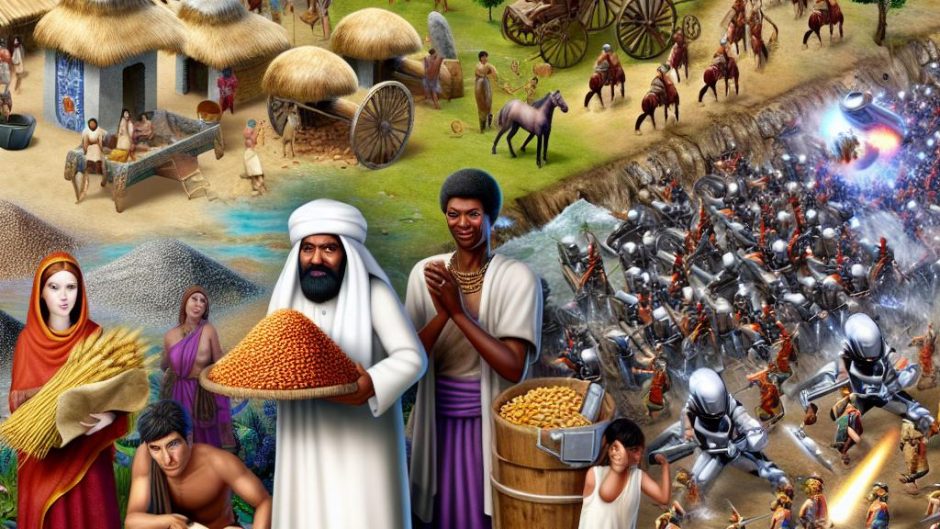
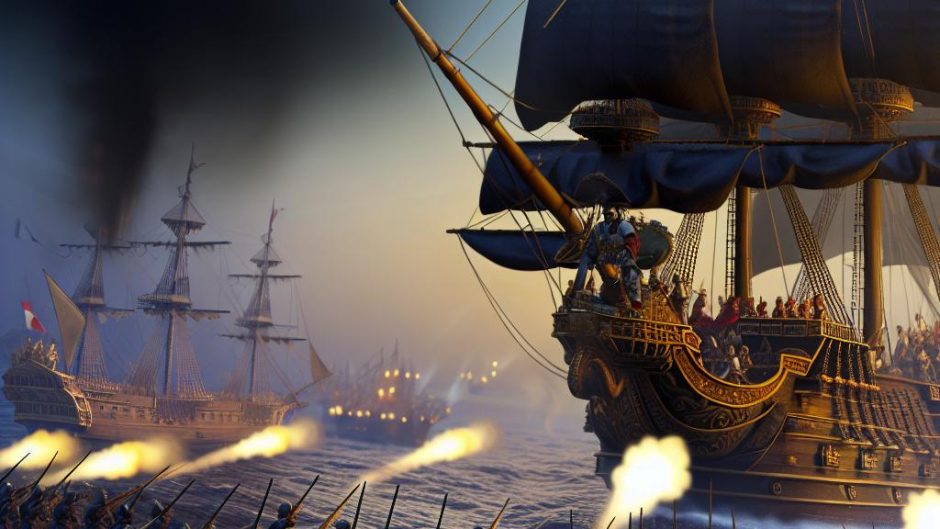
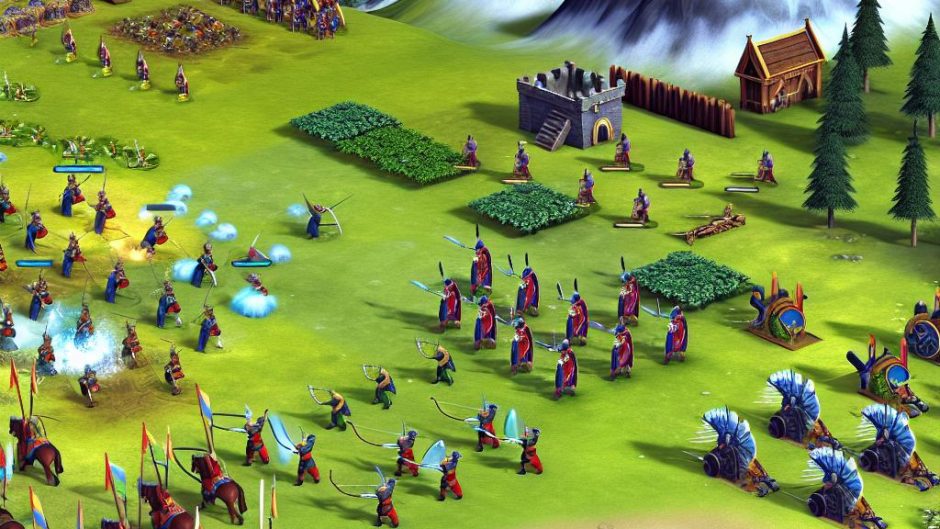
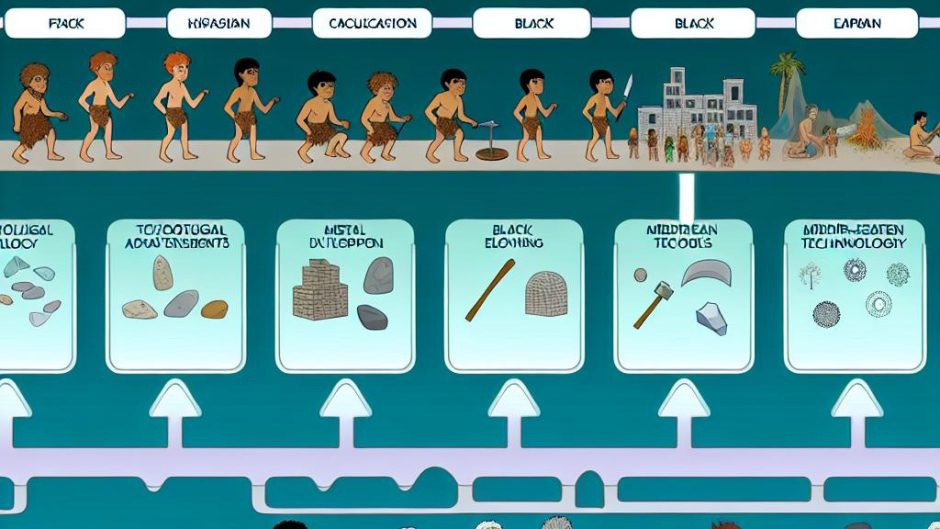

Recent Comments